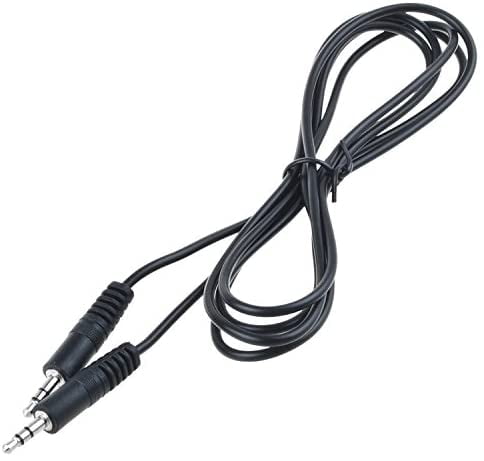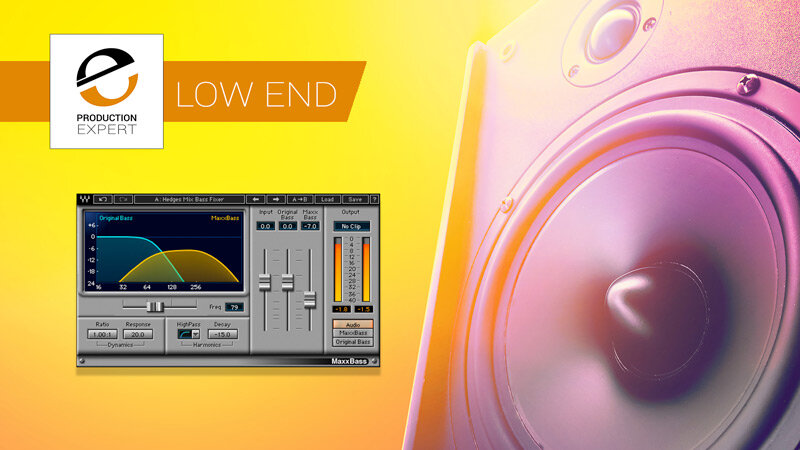

If you purchase one of those maxxbass pieces of hardware, you are going to have to dial it in yourself. The third method is really simple because it uses method one and method two at the same time to really boost the output. Its like taking a bunch of ingredients and mixing them together to make something that tastes totally different than anything that was put into the mixing bowl. but the final result once it bounces back and is heard as an echo is actually a complete sentence (or paragraph). That means you could send out a bunch of weird noises that make absolutely no sense if you listen to them individually. Imagine if you shouted across a canyon and could hear an echo. The final result is a 'mold' or 'box-horned' output that has the resemblence of the desired frequency. The speaker resonates frequencies inside extremely fast and manipulates the air like shaping clay or putty. The other method is more complicated because it involves using the speaker box as a horn. Therefore you could use that 20hz and mix it with a higher frequency to create a perceived 40hz Maybe the speaker will move in and out at 20hz without distorting the low frequency (or any of the higher frequencies) you could try to turn up the power to make the speaker move in and out more, but if the speaker distorts (distorts the bass or a different frequency) then the next way to try and get 40hz from the speaker is to play a lower bass tone. The first wont sit well with many people because the general principle is deceiving.īut if a speaker wont play 40hz when you ask it to.

With the Bass Enhancer, the MA-7A Stereo Monitors offer a strong low-end in a very compact set of reference monitors.

This allows the listener to perceive bass frequencies outside of the normal range of the speaker cone, without over-driving the woofer.
#Maxxbass free series
The Bass Enhancer is a DSP chip programmed using psychoacoustic principles that converts low frequencies into a series of overtones which the human ear cannot distinguish from the original low frequencies. The Bass Enhancer found in the MA-7A Stereo Monitors lets the user hear bass frequencies not normally audible through speakers this size. This is what Roland says about the Bass Enhancer. Roland calls it the Bass Enhancer but really it is MaxxBass. Without it it doesn't play that low that well.

Http /My Cakewalk MA-7A studio monitors use MaxxBass and it does make the speakers sound much bigger than they are it does put alot of low bass around 30hz or so since when I use TrueRTA and played around 30hz it actualy plays it. When these harmonics are combined, it creates the effect of lower, deeper frequencies. MaxxBass® uses psycho-acoustics to calculate precise harmonics that are related to the fundamental tones of sound. I always wondered about this but is it popular to use MaxxBass from Waves for smaller bookshelf speakers? I do think that MaxxBass makes the speakers sound much bigger without overdriving the woofer.


 0 kommentar(er)
0 kommentar(er)
